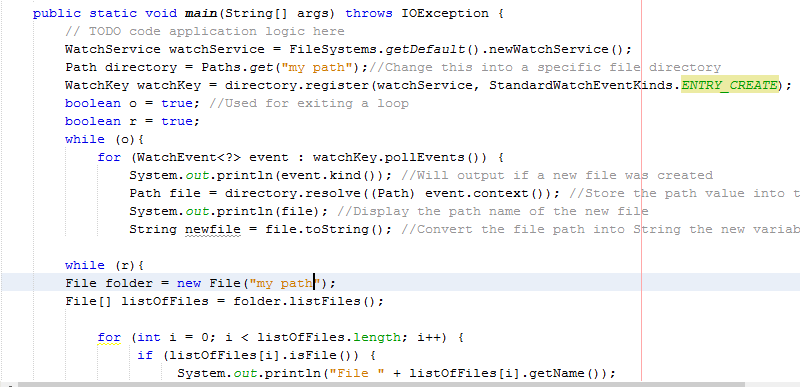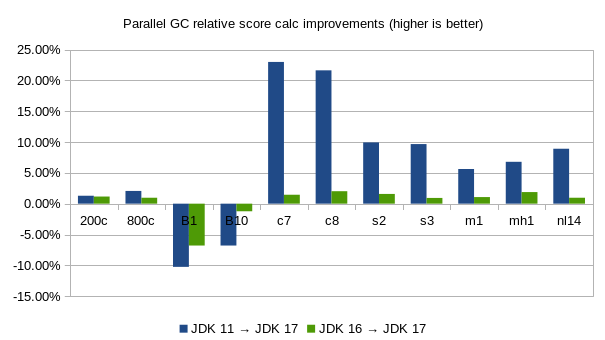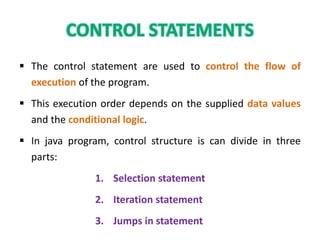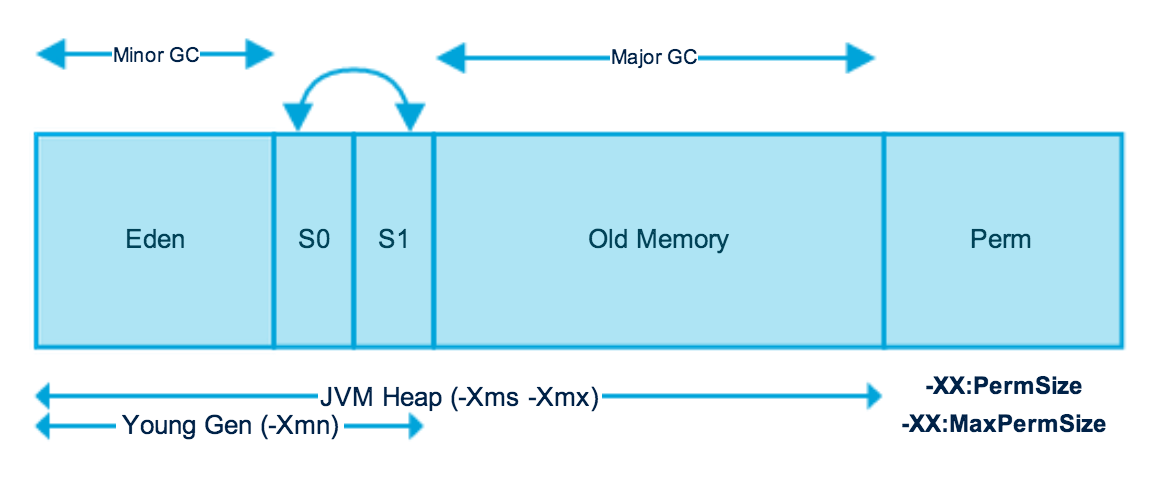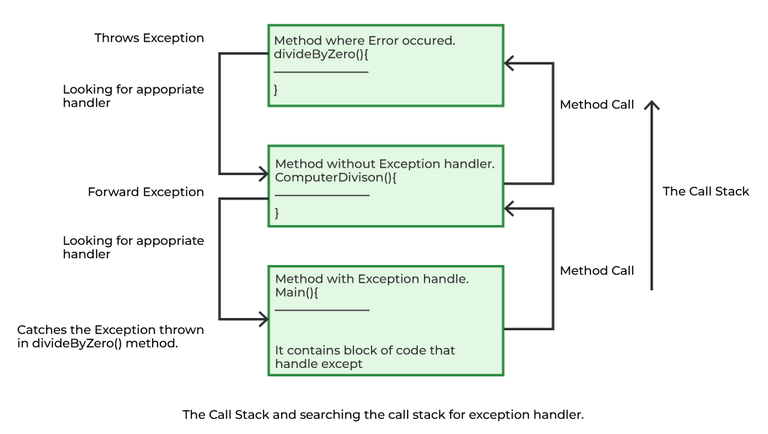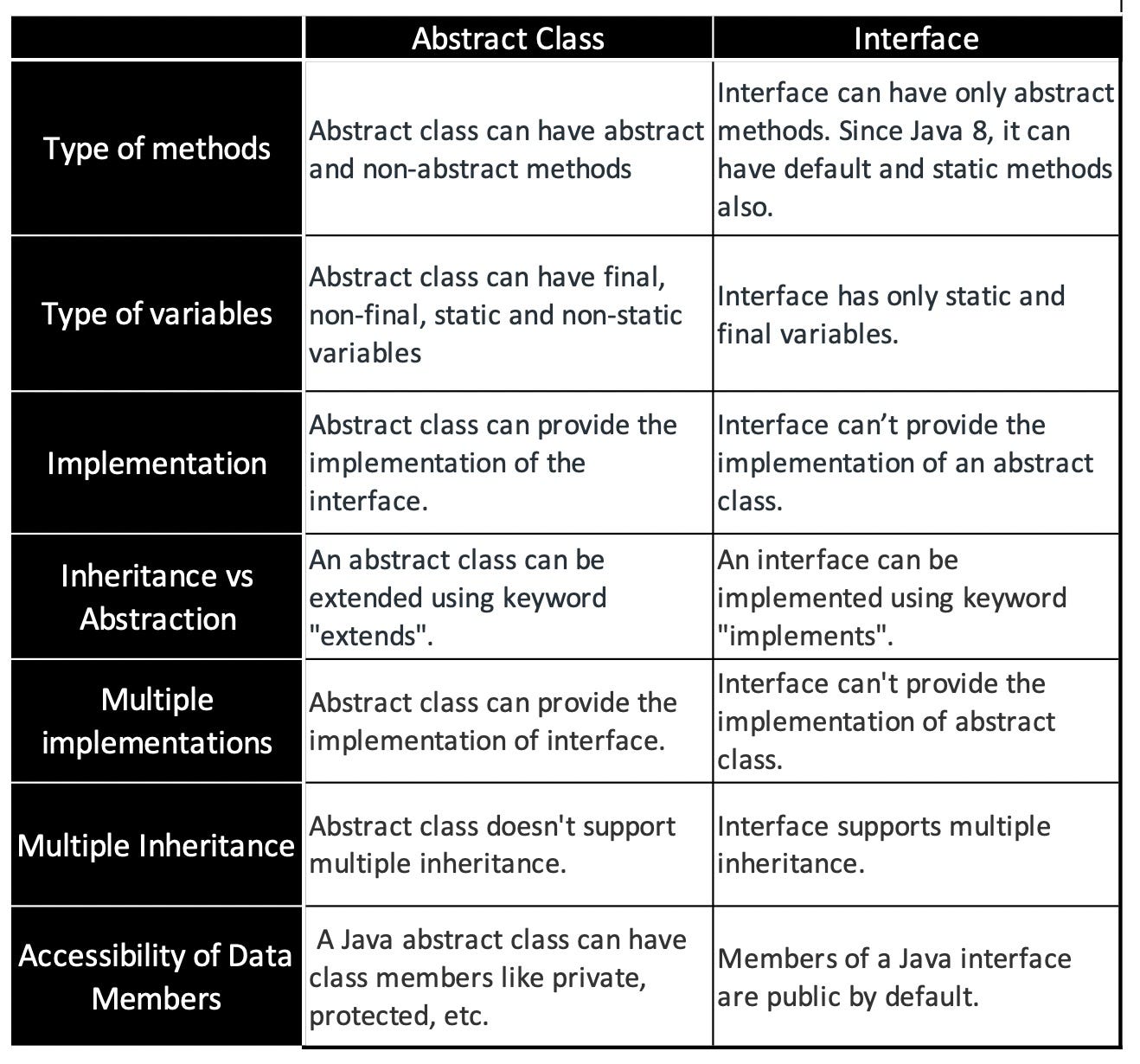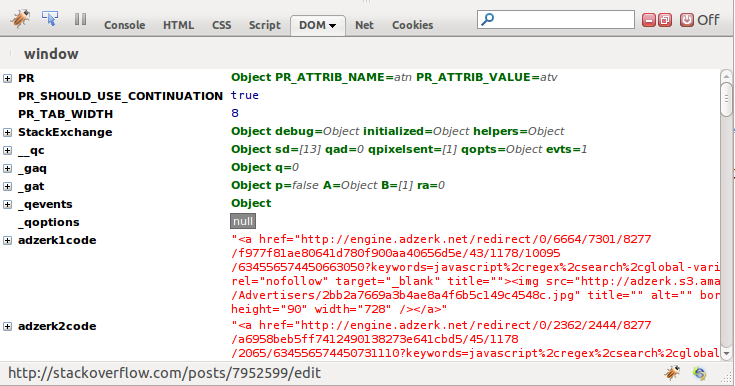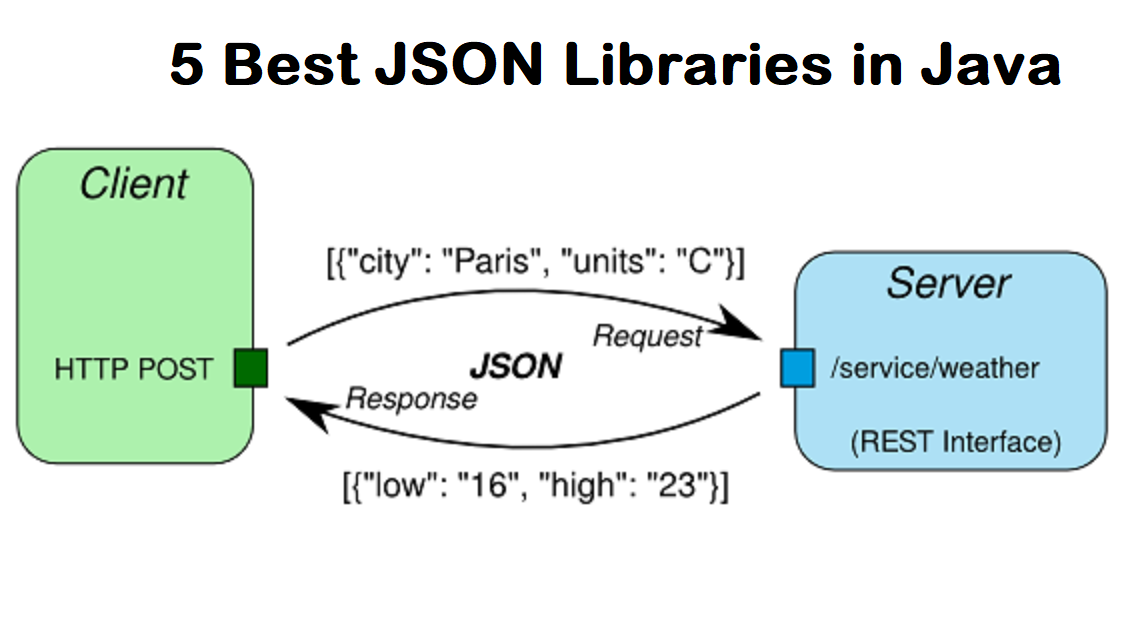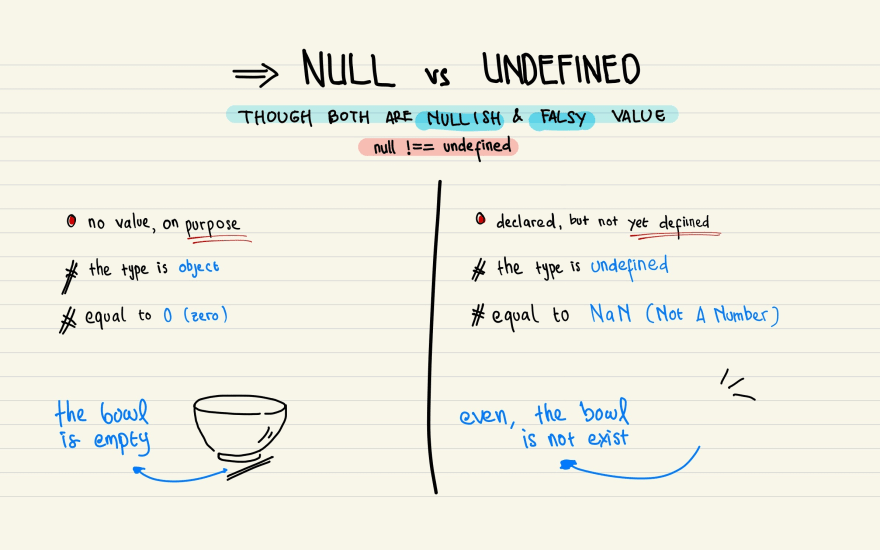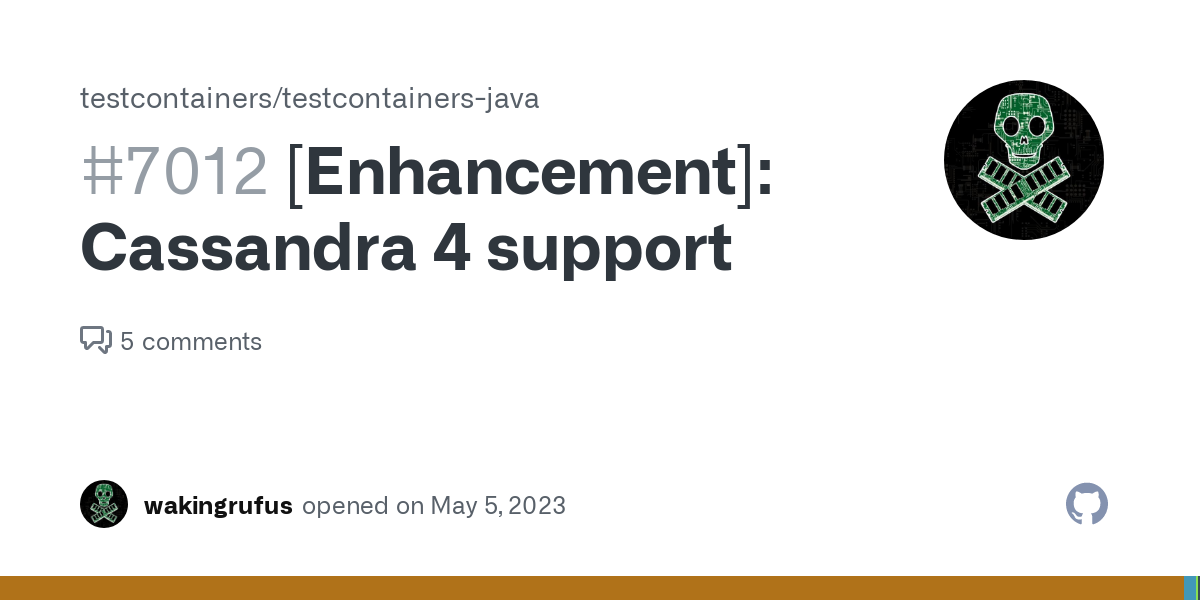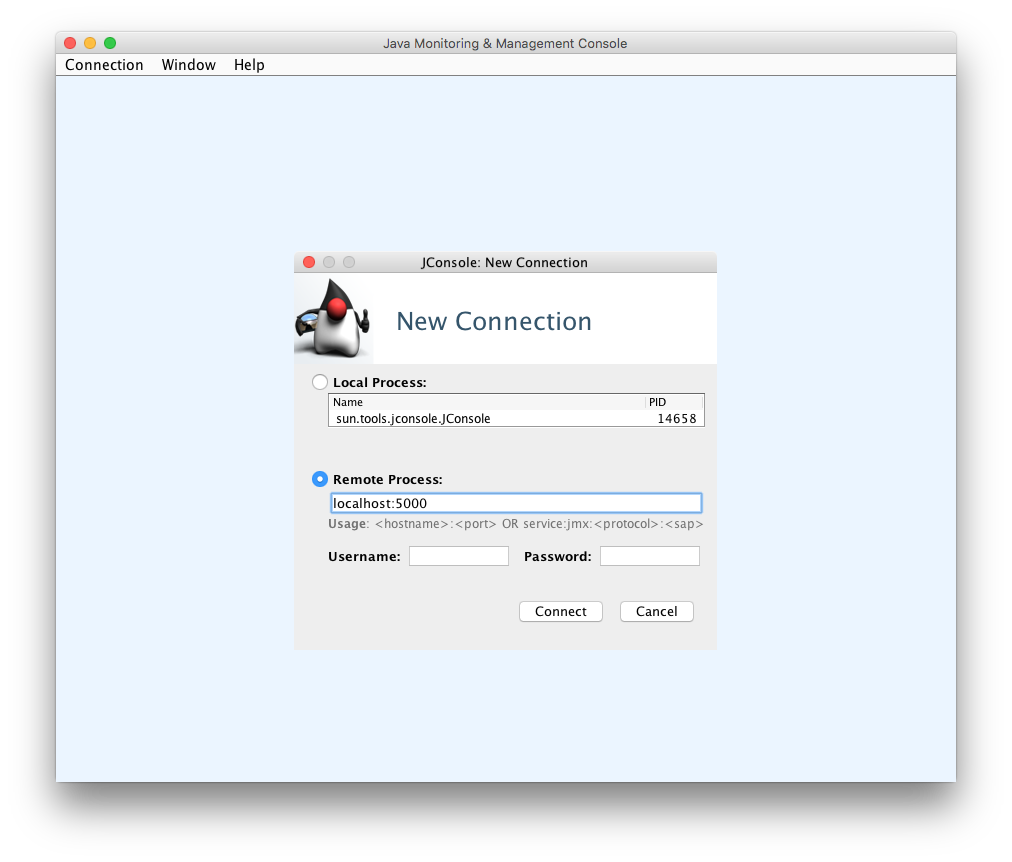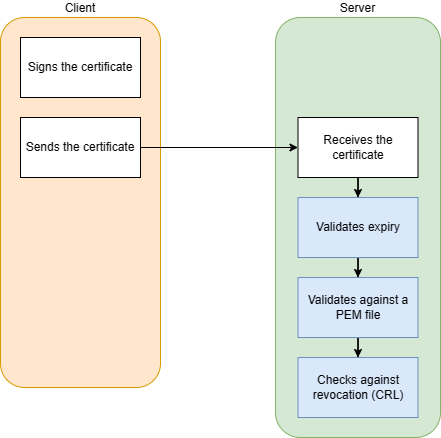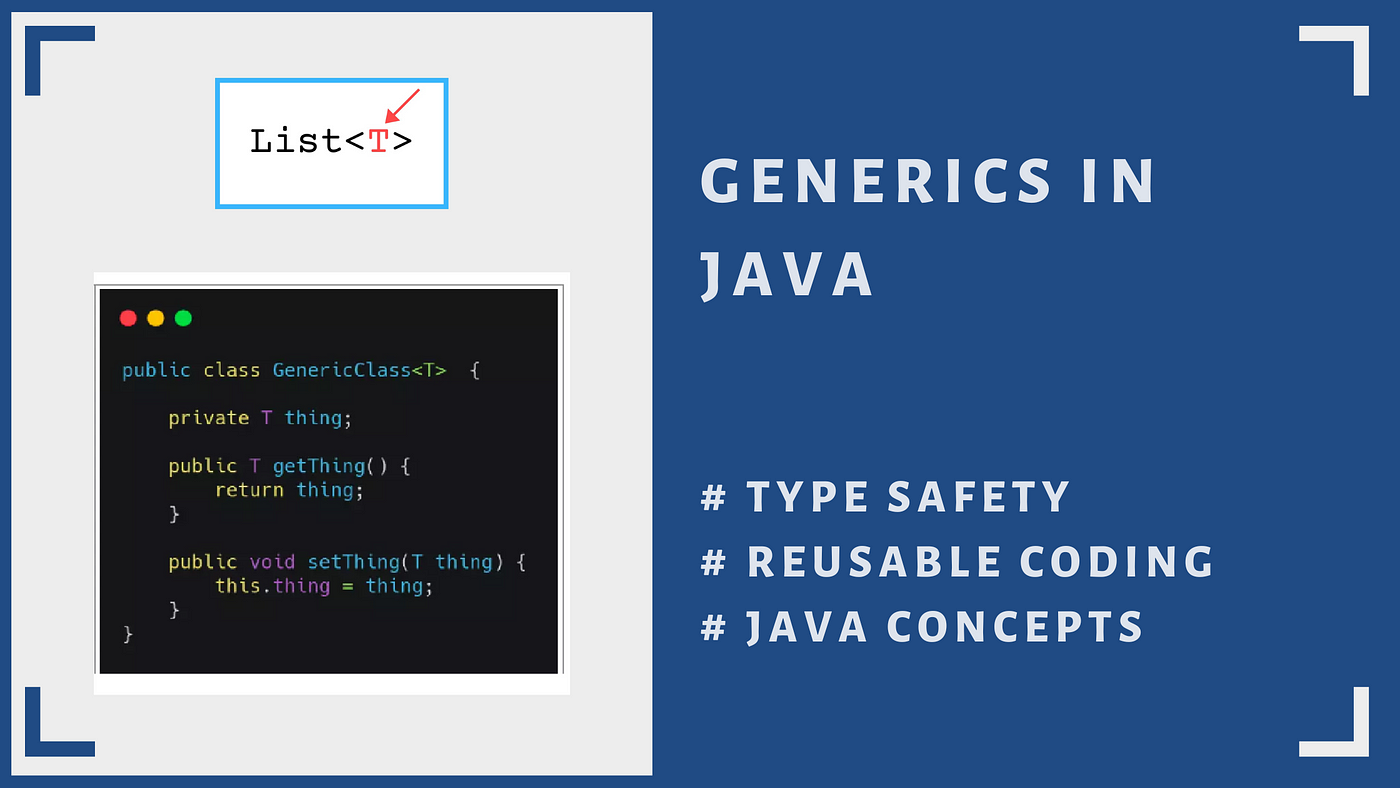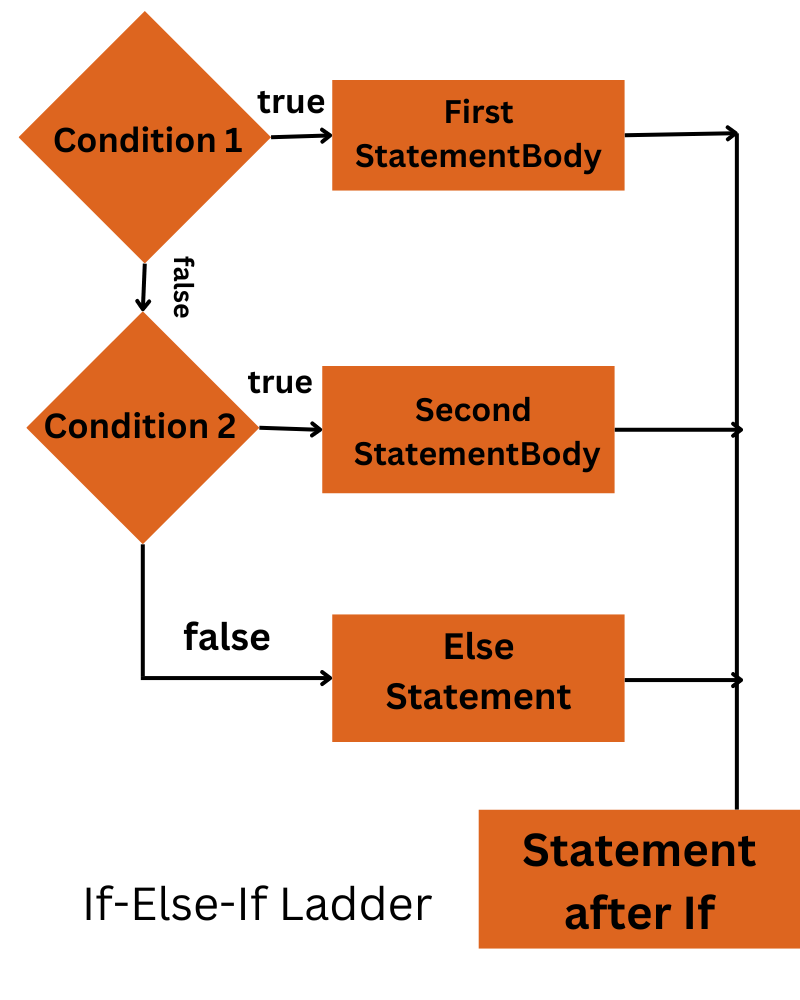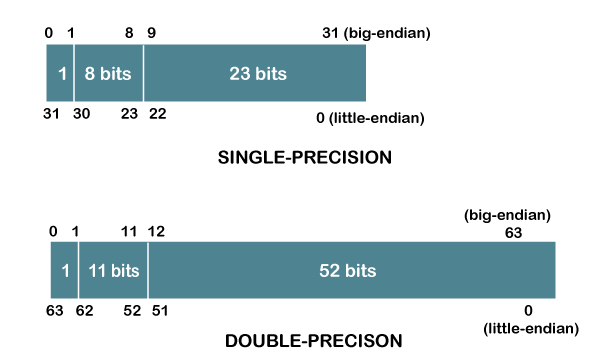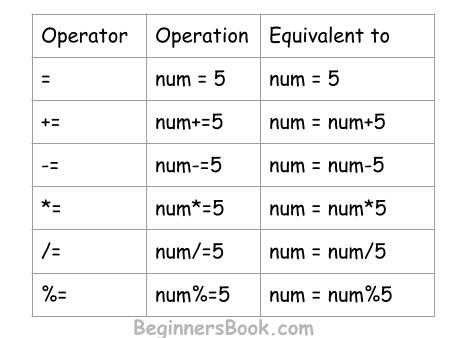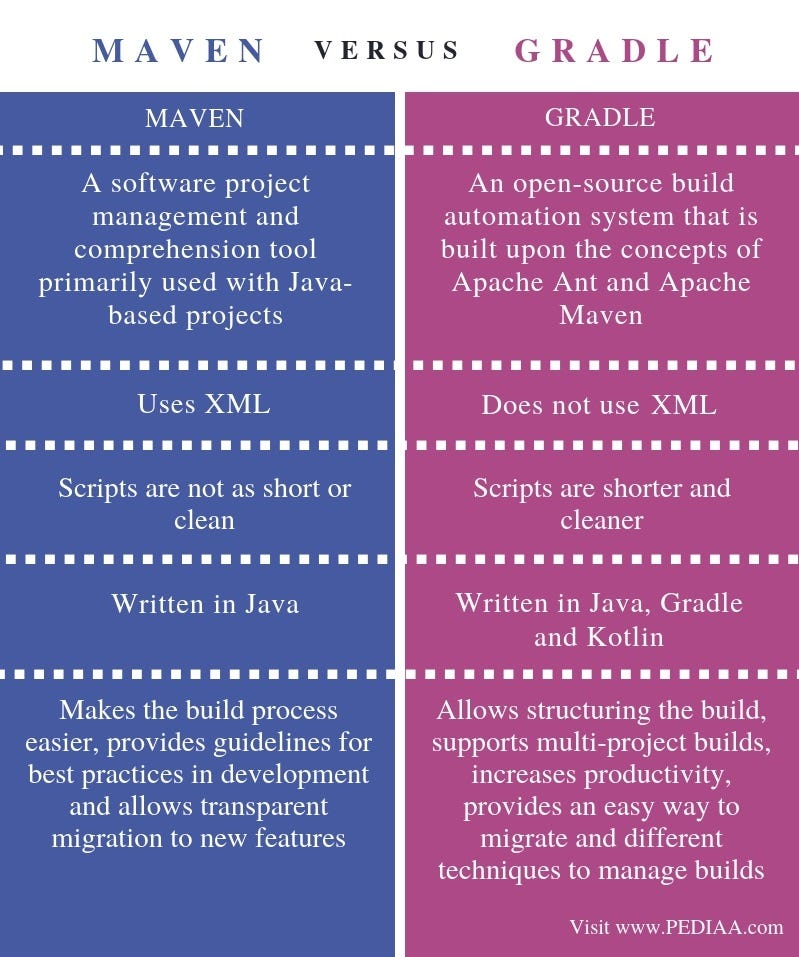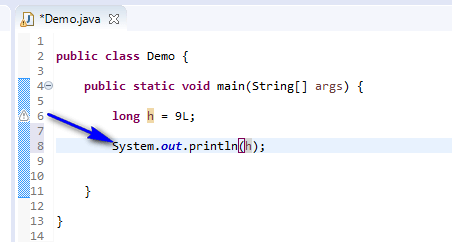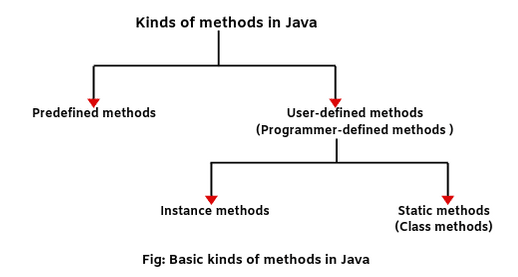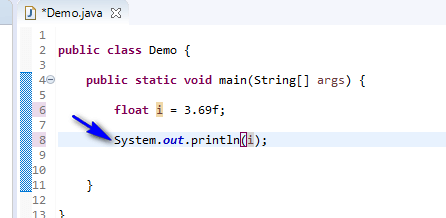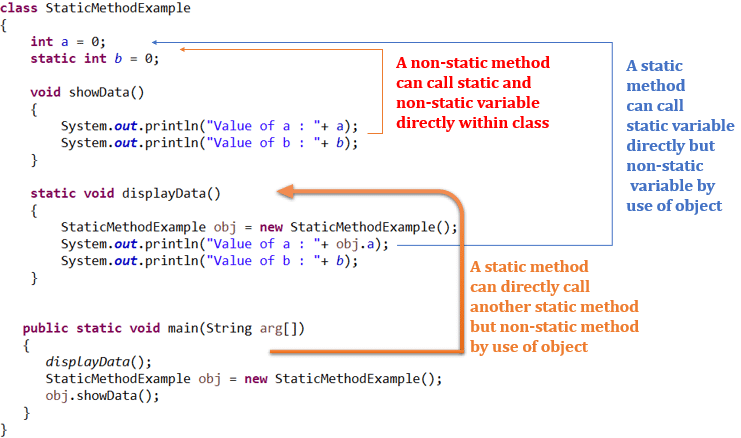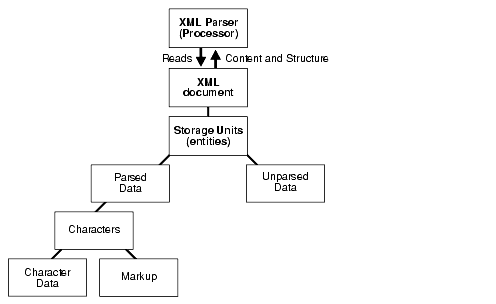How do I encrypt my Java code?
How do I encrypt my Java code?
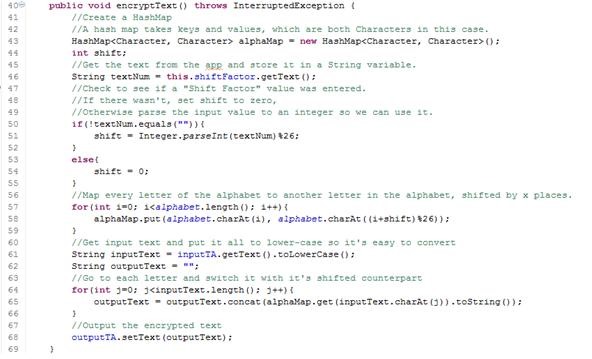
I'd be happy to help you with that!
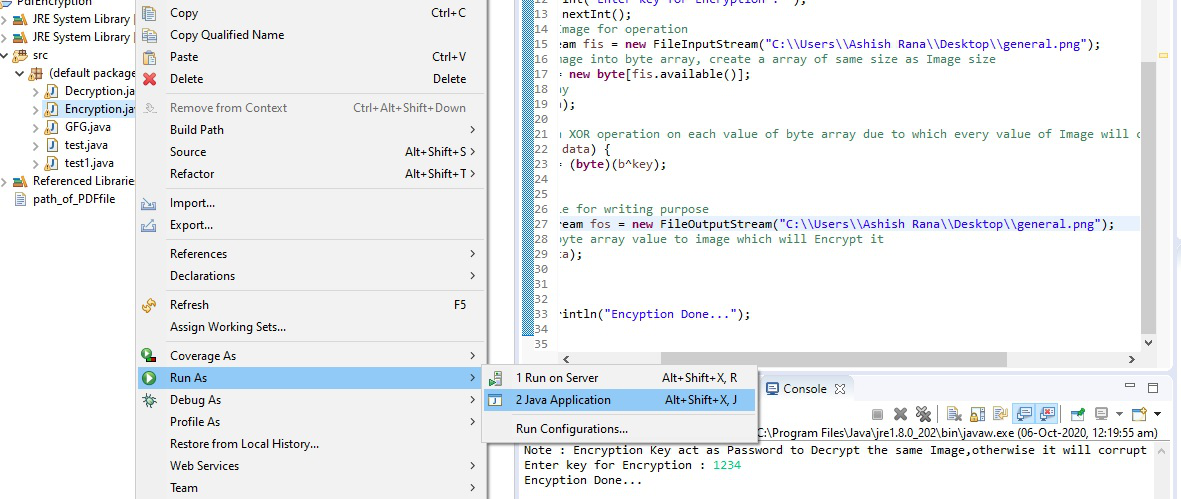
Encryption is a crucial aspect of software development, especially when it comes to sensitive data or intellectual property. In this response, we'll explore the concept of encryption and how to apply it to your Java code.
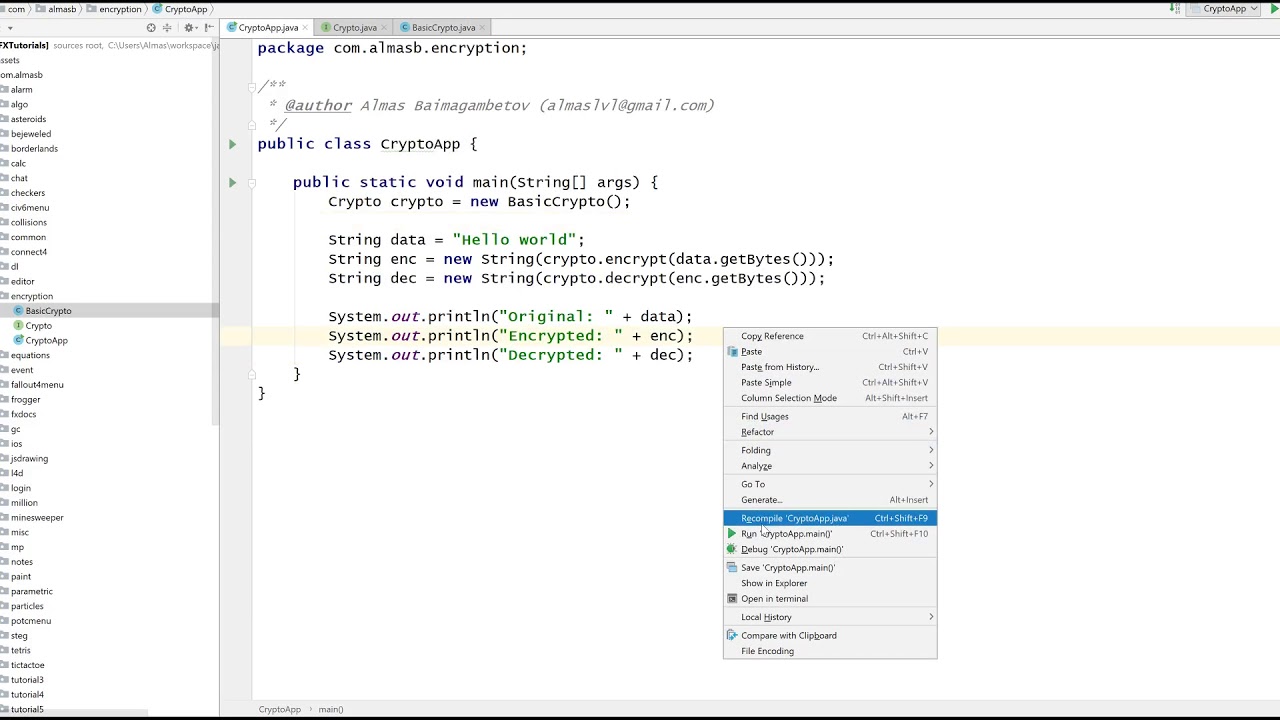
What is Encryption?
Encryption is the process of converting plaintext (readable) data into ciphertext (unreadable). This technique uses algorithms and keys to scramble the original information, making it impossible for unauthorized parties to access or understand the contents. The ultimate goal is to ensure confidentiality, integrity, and authenticity.
Why Encrypt Your Java Code?
Encrypting your Java code has several benefits:
Data protection: Sensitive data, like API keys, passwords, or encryption keys themselves, should be protected from prying eyes. Intellectual property safeguard: Encryption helps maintain the secrecy of your code, preventing others from accessing and using it without permission. Security against tampering: By encrypting your code, you ensure that any modifications will be detectable, maintaining the integrity of your work. Compliance with regulations: Certain industries (e.g., finance, healthcare) require data encryption to meet compliance standards.Encryption Techniques for Java
To encrypt your Java code, you can use various techniques:
String manipulation: Use Java's built-in string methods (e.g.,replace(), substring()) to obfuscate or scramble sensitive information. Cryptography libraries: Leverage well-established cryptographic libraries like Apache Commons Codec, Bouncy Castle, or JCE (Java Cryptography Extension) for advanced encryption. Encryption algorithms: Implement popular encryption algorithms, such as: AES (Advanced Encryption Standard) RSA (Rivest-Shamir-Adleman) Blowfish DES (Data Encryption Standard)
Example: Using AES for String Encryption
Here's a simple example demonstrating how to use the Apache Commons Codec library and the AES algorithm for string encryption:
import org.apache.commons.codec.digest.DigestUtils;
import javax.crypto.Cipher;
import javax.crypto.spec.SecretKeySpec;
import java.security.Key;
import java.security.Security;
public class Encryptor {
private static final String SECRET_KEY = "your_secret_key";
private static final int KEY_SIZE = 128; // Bits
public static String encrypt(String plaintext) throws Exception {
Key key = new SecretKeySpec(SECRET_KEY.getBytes(), "AES");
Cipher cipher = Cipher.getInstance("AES/CBC/PKCS5Padding");
cipher.init(Cipher.ENCRYPT_MODE, key);
byte[] encrypted = cipher.doFinal(plaintext.getBytes());
return DigestUtils.sha512Hex(encrypted);
}
public static String decrypt(String ciphertext) throws Exception {
// ...
}
}
In this example, the encrypt method takes a plaintext string, generates an AES key using the provided secret key, initializes the Cipher for encryption, and then performs the actual encryption. The resulting ciphertext is converted to hexadecimal.
To encrypt your Java code effectively, consider these best practices:
Use established libraries: Leverage well-tested cryptographic libraries and algorithms. Choose a suitable encryption algorithm: Select an algorithm that suits your specific needs (e.g., AES for symmetric encryption). Use proper key management: Ensure the secure generation, storage, and distribution of your encryption keys. Test thoroughly: Verify the integrity and correctness of your encryption process.By applying these guidelines and techniques, you can effectively encrypt your Java code and protect sensitive information from unauthorized access.
How to encrypt Java source code?
I'm happy to help you with that! Encrypting Java source code is a crucial step in ensuring the security and intellectual property of your software development project. In this response, I'll outline various methods for encrypting Java source code, their strengths, and weaknesses.
Why Encrypt Java Source Code?
Before diving into encryption techniques, it's essential to understand why you'd want to encrypt your Java source code. Here are some reasons:
Protection from Reverse Engineering: By encrypting your Java source code, you can prevent others from reading or modifying your code, which is particularly important when developing sensitive applications. Intellectual Property Protection: Encryption ensures that your code remains confidential and proprietary. Compliance with Regulations: In some industries, such as finance or healthcare, encryption is mandatory to comply with regulations.Encryption Techniques for Java Source Code:
JBCrypt (Java-based Cryptography): JBCrypt is an open-source library for encrypting and decrypting data in Java. It provides several algorithms, including AES-128, DES, and Blowfish. Strengths: Easy to integrate, supports various encryption algorithms, and has a built-in decryption mechanism. Weaknesses: Can be computationally expensive, especially with larger files. Java Obfuscation Tools: Obfuscation tools transform your Java source code into unreadable forms using techniques like variable renaming, method renaming, and control flow flattening. Strengths: Effective for protecting intellectual property, can be used in combination with encryption. Weaknesses: Can lead to performance issues due to increased compilation time and potentially slower execution. JAR (Java Archive) Compression: JAR compression uses standard Java archive files to encrypt and compress your source code. Strengths: Fast and efficient, supports various compression algorithms. Weaknesses: Not designed for encryption; instead, it's intended for compression. Custom Encryption Algorithms: You can develop custom encryption algorithms tailored to your specific needs or use existing libraries like Java's built-injavax.crypto package. Strengths: Allows for fine-tuned control and flexibility. Weaknesses: Requires extensive expertise in cryptography, potential performance issues.
Best Practices for Encrypting Java Source Code:
Use a Strong Encryption Algorithm: Choose an algorithm with a proven track record of security, such as AES-256 or RSA-4096. Implement Key Management: Ensure secure key generation, storage, and distribution to prevent unauthorized access. Monitor and Analyze Performance: Track encryption and decryption performance to detect potential issues and optimize your implementation. Test and Verify Encryption: Conduct thorough testing and verification of your encryption scheme to ensure it meets your security requirements.In conclusion, encrypting Java source code is a crucial step in protecting your intellectual property and ensuring the security of your software development project. By understanding various encryption techniques and following best practices, you can effectively safeguard your code from unauthorized access.
